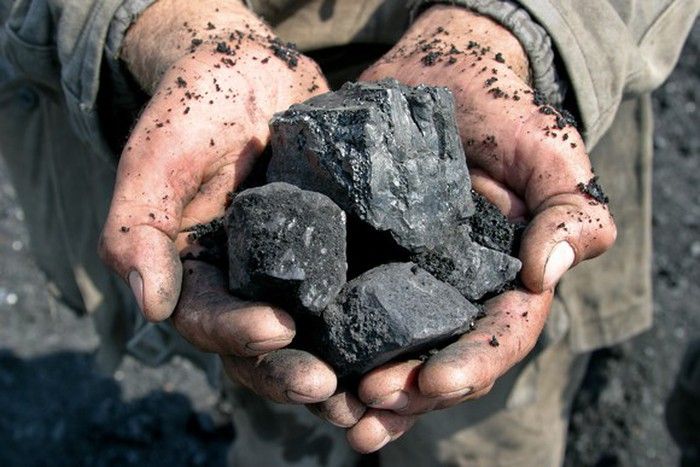
Coal and charcoal, two carbonaceous materials, share a common lineage in their elemental composition but diverge significantly in terms of origin, production processes, and applications. Coal, a fossil fuel with a rich geological history, is the result of the transformation of plant matter over millions of years. It is mined from deposits in various forms, such as bituminous, anthracite, and lignite, each characterized by distinct carbon content, energy density, and combustion properties. Coal has long been a cornerstone of global energy production, serving as a primary source for electricity generation and industrial processes due to its abundance and calorific value.
Table of Contents
ToggleConversely, charcoal is a product of contemporary pyrolysis, a process involving the heating of organic materials, typically wood, in the absence of oxygen. This process drives off volatile compounds, leaving behind a lightweight and porous carbon-rich material. The simplicity of charcoal production, often carried out in traditional kilns or modern retort systems, makes it a versatile and renewable energy source derived from biomass. Charcoal production has deep historical roots and has evolved into a sustainable practice, contributing to both domestic and industrial energy needs.
The applications of coal and charcoal represent another dimension of their differences. Coal, with its high energy content and sustained combustion, remains a vital resource for electricity generation, powering industries, and heating. However, concerns over environmental impact, including carbon emissions and ecological disruption due to mining, have prompted a global shift towards cleaner energy sources.
Charcoal, in contrast, finds its niche in more localized and specific applications. One of its prominent uses is in cooking and heating. The controlled and flavorful heat produced by charcoal makes it a preferred choice for grilling, barbecuing, and campfires. Its portability and ease of use have made charcoal an enduring choice in various cultural and culinary practices worldwide. Furthermore, activated charcoal, a specialized form with increased porosity, has applications in water purification, air filtration, and even medical contexts due to its adsorptive properties.
Understanding the distinctions between coal and charcoal is essential not only for energy planning and environmental considerations but also for appreciating the cultural, culinary, and industrial roles these carbon-based materials play in our diverse global landscape. The ongoing developments in sustainable energy practices underscore the importance of exploring alternatives such as biomass-derived charcoal, which aligns with contemporary efforts towards cleaner and greener energy solutions.
Coal, a fossil fuel, traces its origins to the geological processes that transformed ancient plant matter over millions of years. Mined in various forms such as bituminous, anthracite, and lignite, coal reflects a deep history embedded in the Earth’s strata. Charcoal, on the other hand, is a product of contemporary pyrolysis, derived from organic materials like wood through a process that eliminates oxygen, resulting in a lightweight, carbon-rich substance.
The production of coal involves extensive mining operations, extracting the fossilized remains of vegetation from below the Earth’s surface. In contrast, charcoal production is a more immediate and controlled process. Wood or biomass undergoes pyrolysis, releasing volatile compounds and leaving behind charcoal. This method is often carried out in traditional kilns or modern retort systems, allowing for a more accessible and renewable source of carbon.
The environmental implications of coal mining are significant, ranging from habitat disruption to carbon emissions and air pollution. The extraction of coal contributes to landscape alteration and requires extensive land use. Conversely, charcoal production, especially when sourced sustainably from managed forests, can be considered more environmentally friendly. Biomass-derived charcoal has the potential to offer a renewable alternative, addressing concerns associated with fossil fuel extraction.
Coal has historically been a cornerstone of global energy production, serving as a primary source for electricity generation and industrial processes due to its high energy content. Charcoal, while less energy-dense than coal, finds its niche in localized applications such as cooking and heating. The controlled and flavorful heat produced by charcoal makes it a favored choice for grilling, barbecuing, and campfires.
Charcoal has a unique cultural and culinary significance. Its use in grilling and barbecuing imparts a distinct smoky flavor to food, contributing to various culinary traditions worldwide. The social aspect of gathering around a charcoal-fueled fire for cooking or warmth has deep cultural roots, enhancing communal experiences.
Recognizing the environmental concerns associated with coal, there is a global shift towards cleaner energy alternatives. Charcoal, especially when produced sustainably from biomass, represents a potential avenue for a more eco-friendly energy source. Activated charcoal, with its increased porosity, has applications in water purification, air filtration, and even medical contexts, showcasing the adaptability of this carbon derivative.
In conclusion, the differences between coal and charcoal extend beyond their elemental composition, delving into geological history, production methods, environmental impact, and diverse applications. While coal has played a pivotal role in shaping global energy landscapes, the sustainable and versatile nature of charcoal highlights its potential to address contemporary energy and environmental challenges.